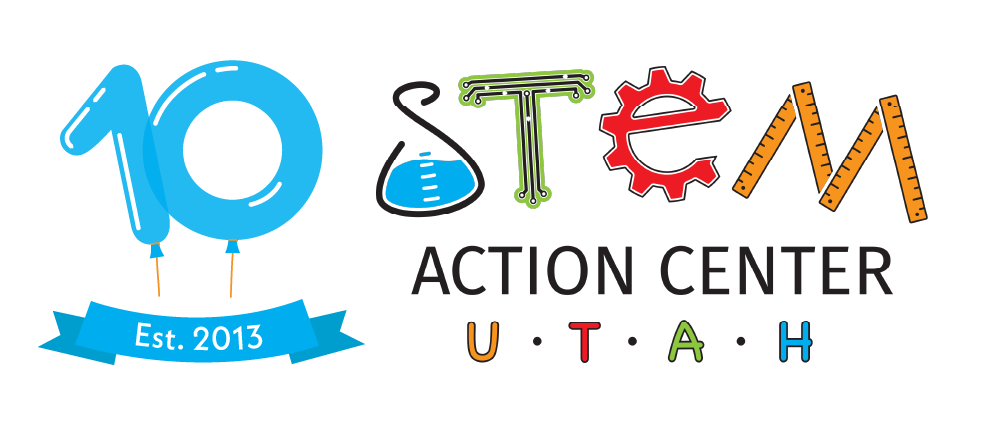When you hear a teacher say, “Students would rather do this than anything else in class,” engineering may not be the subject that comes to mind. But for an elementary classroom in Salt Lake City School District, that is exactly what you’ll hear.
Paula Marquez, a fifth grade teacher at Highland Park Elementary, recently received a classroom grant from the Utah STEM Action Center to purchase hands-on engineering activities for her classroom.
“I wanted to bring STEM tools into my classroom to provide an opportunity for my students to explore and build,” Marquez said. “My students don’t personally have anything like these tools. I think that in order for me to start implementing STEM into my classroom, we need to start with them using their creativity, planning, and thinking skills to build and construct.”
The tools include hands-on engineering projects from education tool creators like Roominate, ZOOB Builderz and Little Bits. These tools allow students to work together to accomplish an engineering or technology task with their inventions. Along with learning to work as a team and fostering an excitement for the “E” in STEM (engineering), these tools also help engage student’s problem solving skills.
“Their tenacity is amazing—they challenge each other,” Marquez said. “Occasionally they’ll doubt themselves, and I’ll say ‘keep trying.’ After a few more attempts, they find that they can solve the problem and the pieces will fall into place.”
The PreK-12 Classroom Grant is available for Utah educators and administrators to to improve student understanding of and learning experiences in science, technology, engineering and mathematics. Awards are granted for innovative and creative projects in STEM subjects. These projects focus on classroom-level instruction that is unique to the needs of the students.
“I provide hands-on experiments in science and math class, but I did not have tools to teach engineering practices,” Marquez said. “I didn’t have tools like the ones that I requested [through the grant] to encourage students to plan, create, build and problem solve. I want students to take the hands-on approach one step further by designing their own experiments and testing their own theories. Because they’ve had this hands-on opportunity, they now think engineering is the coolest thing ever.”
